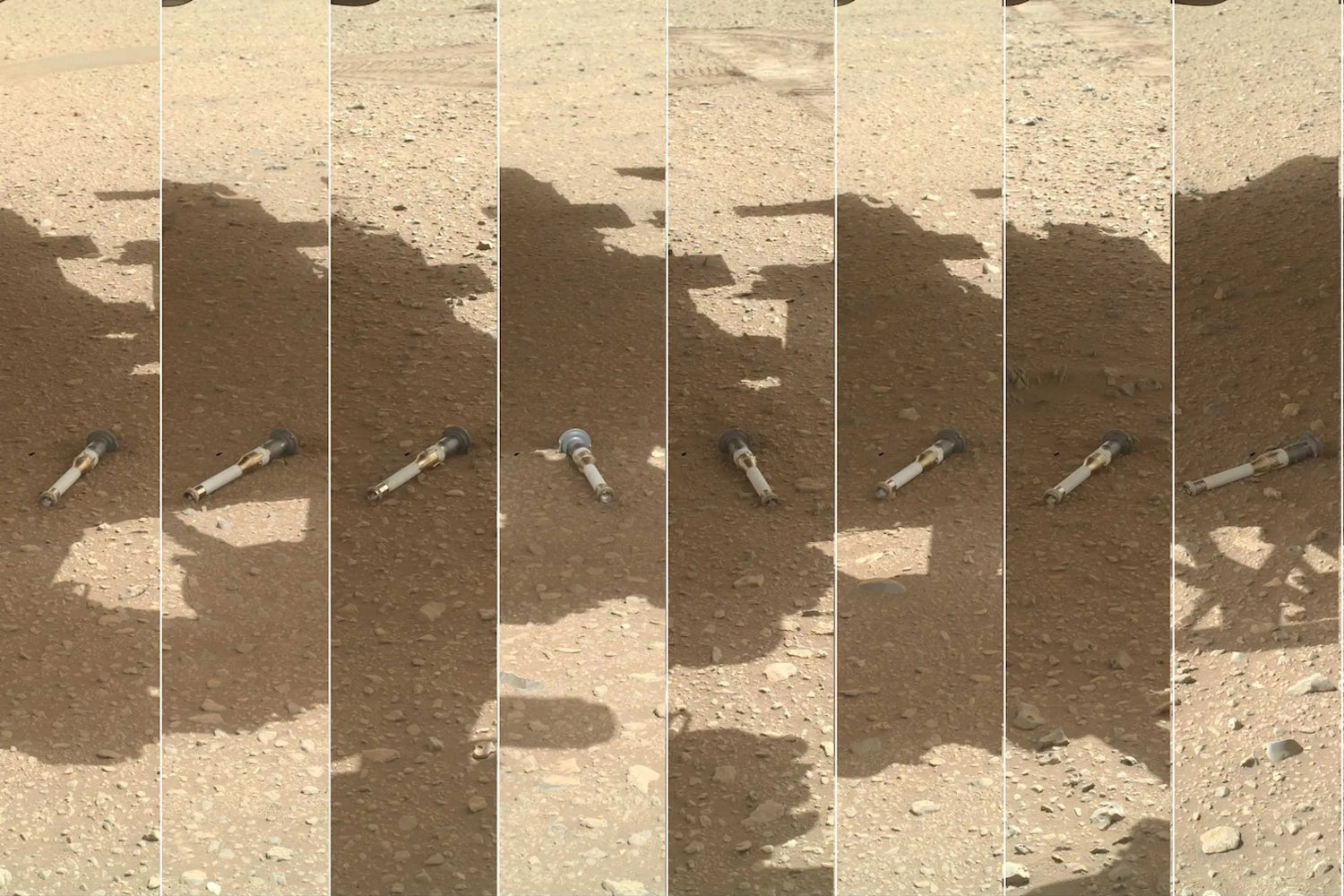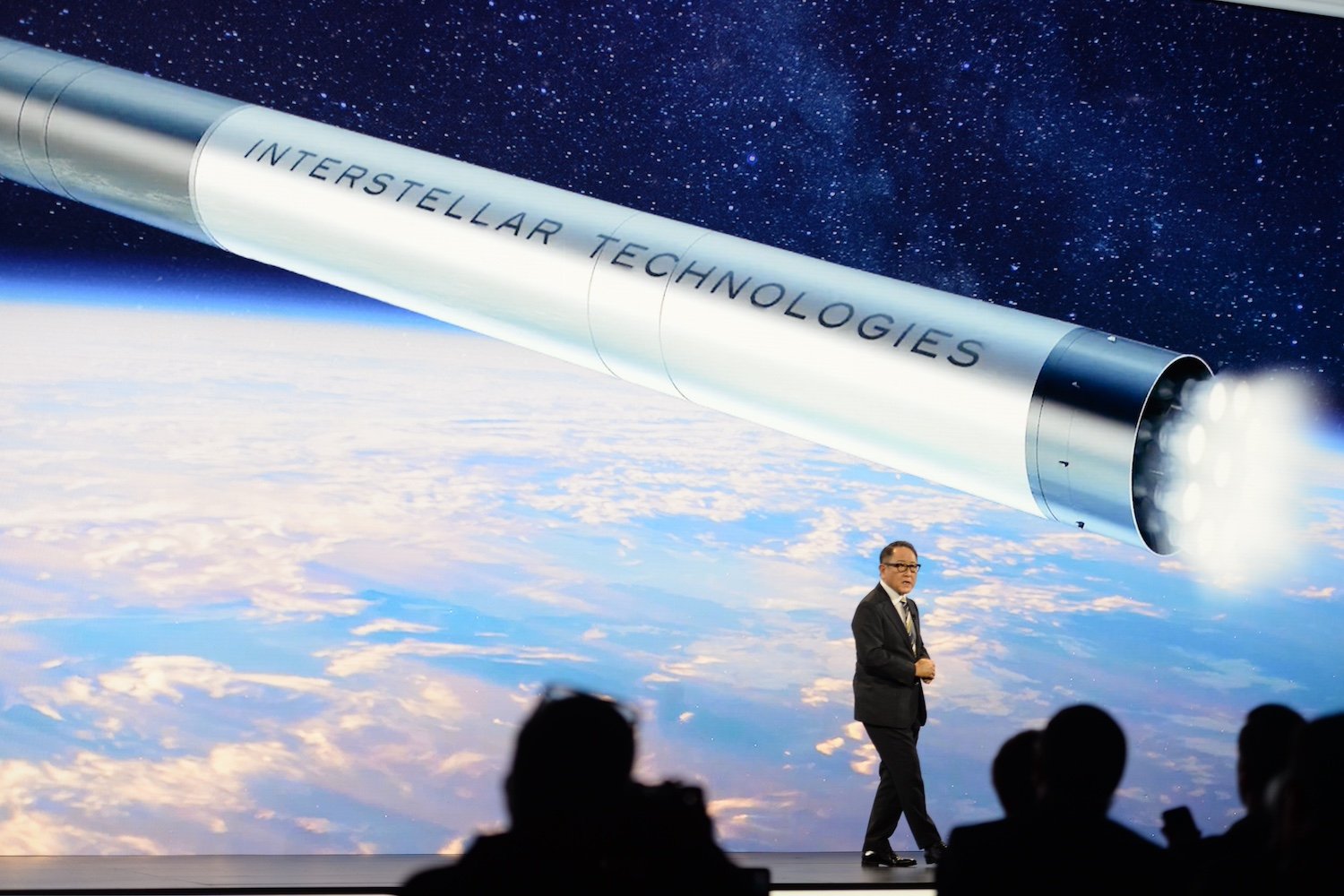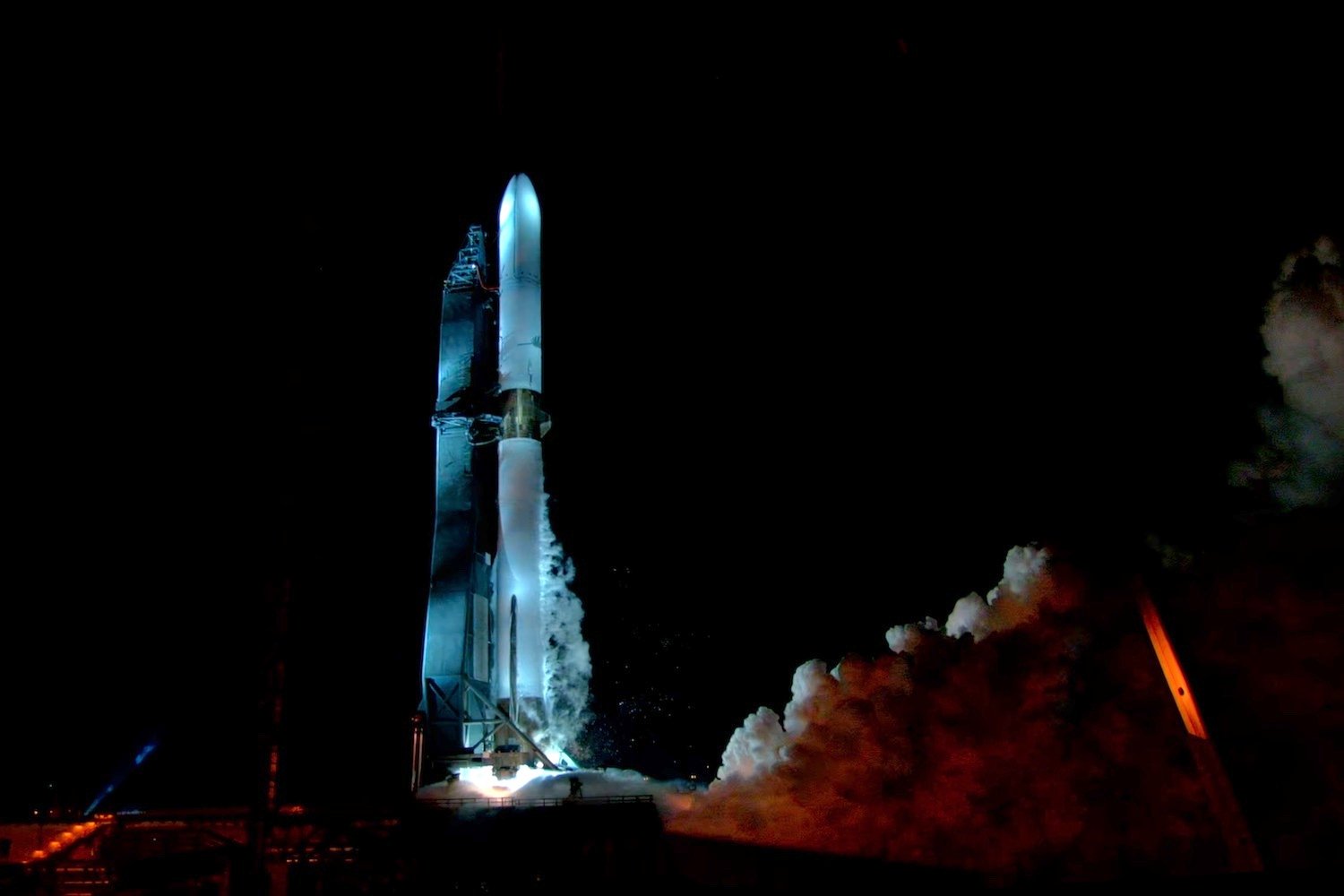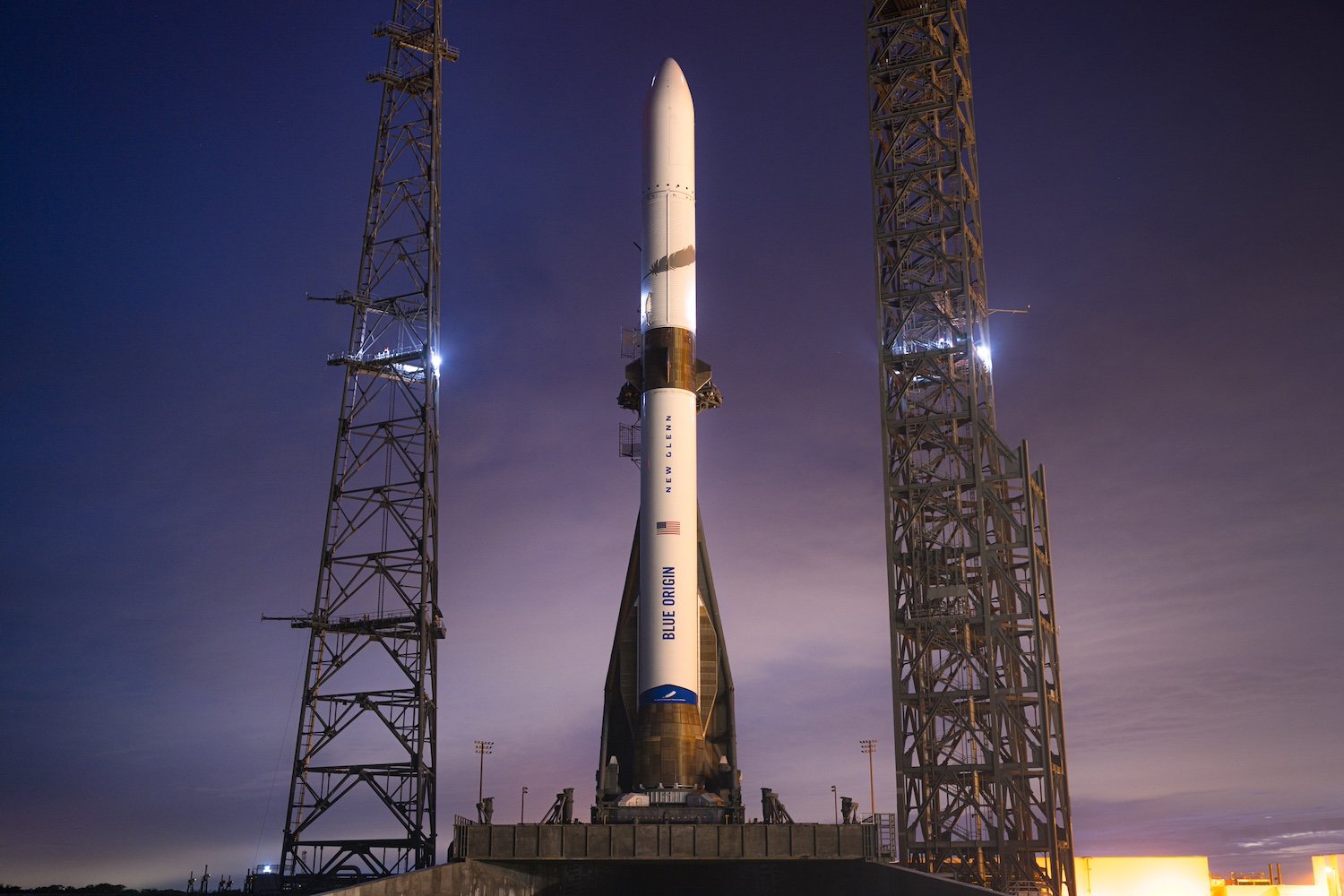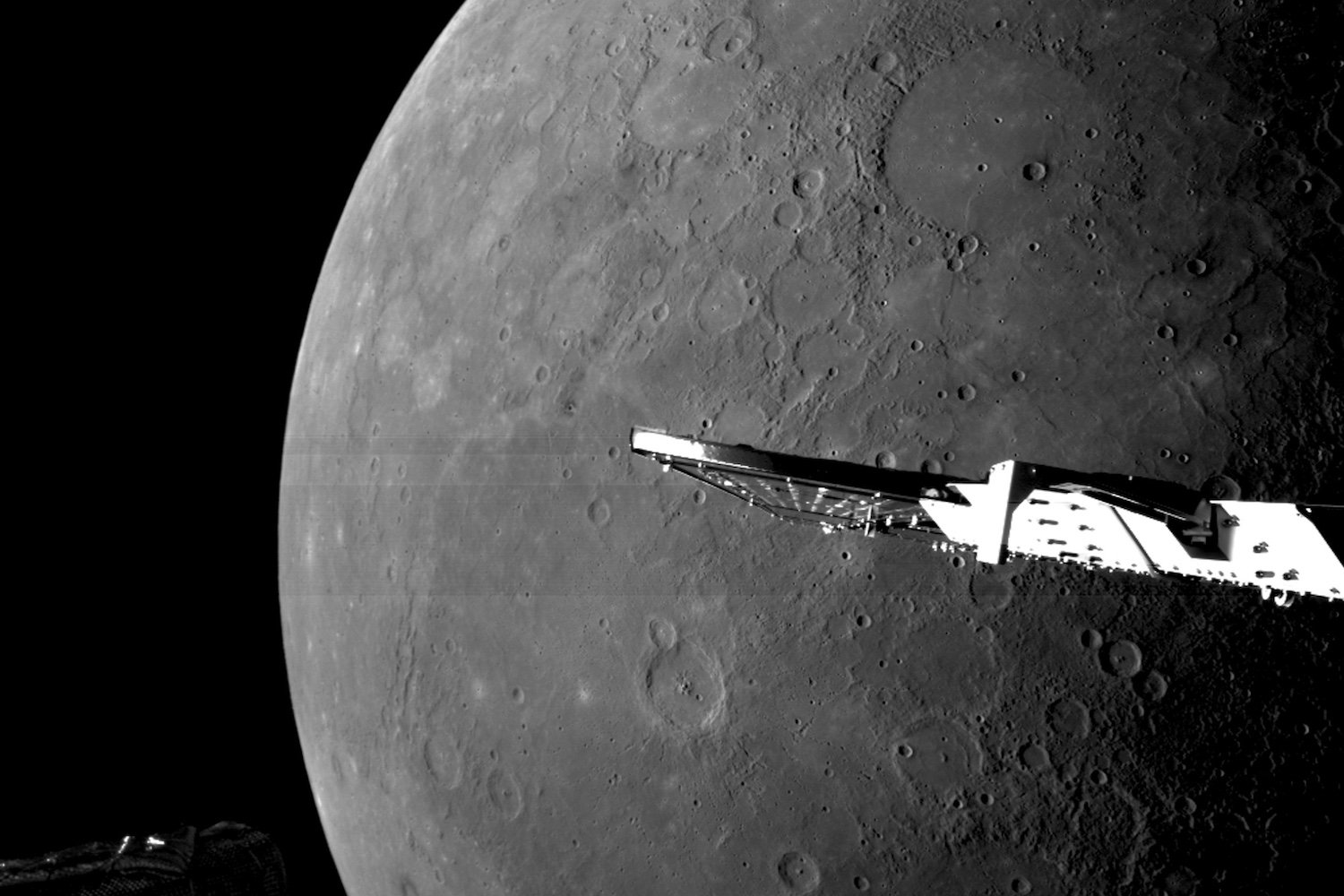NASA’s Perseverance rover continues its diligent work collecting rock samples on Mars. However, retrieving these samples and bringing them back to Earth has presented a significant challenge. To address this, NASA is now pursuing two alternative pathways for its Mars Sample Return program, one of which involves collaboration with the private sector.
In a recent media briefing, NASA unveiled a novel approach to this ambitious mission: pursuing two concurrent retrieval methods. This dual strategy aims to mitigate costs and potential schedule delays compared to the original plan. NASA Administrator Bill Nelson emphasized the importance of this approach in ensuring the successful return of Martian samples while optimizing budget and timeline. This shift followed a call in April 2024 for proposals from the private sector to develop alternative retrieval solutions. Eleven studies were subsequently received and evaluated, leading to the decision to explore two distinct landing options for the sample retrieval payload.
These options involve a smaller Mars Ascent Vehicle (MAV), a lightweight rocket designed to launch the sample tubes from Mars into orbit. Both scenarios would utilize the European Space Agency’s Earth Return Orbiter to capture the orbiting sample container, which will hold 30 sample tubes. One option utilizes the established sky crane landing system, proven effective in previous Mars missions. The other explores a new method proposed by a commercial partner, potentially offering innovative solutions.
Nicky Fox, associate administrator for NASA’s Science Mission Directorate, highlighted the urgency of returning these scientifically valuable samples for analysis in advanced Earth-based laboratories. This renewed approach aims to expedite the process and maximize the scientific return of the mission. The Mars Sample Return mission has faced challenges related to cost overruns and scheduling setbacks. An independent review board report in September 2023 identified unrealistic initial budget and schedule expectations, with the mission initially estimated at $7 billion for a return in the 2030s, later revised to $11 billion with a projected return by 2040.
Despite the complexities, the Mars Sample Return mission holds immense scientific potential. Studying Martian samples on Earth promises insights into the planet’s geological history, climate evolution, and the potential for past life. This research also contributes to our understanding of the early solar system and informs future human missions to Mars. By pursuing these dual approaches, NASA aims to overcome previous hurdles and ensure the successful retrieval of these invaluable samples, paving the way for groundbreaking discoveries.
By bringing these samples back to Earth, scientists hope to unlock secrets about Mars’ past and its potential for supporting life, as well as gain a deeper understanding of the solar system’s evolution. This knowledge is crucial for future human exploration of Mars, allowing us to better prepare for the challenges and opportunities that await us on the Red Planet.



